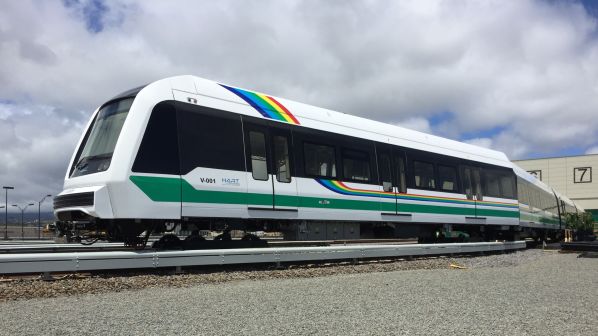During a meeting of the Hart board last week, it was revealed that construction costs have increased by more than $US 830m while the Covid-19 pandemic has created a $US 450m funding hole. Hart also faces $US 841m in financial costs.
“One of the biggest factors behind the cost increase is the complexity of utility relocation along Dillingham Boulevard,” says Mr Bill Wilson, editor-in-chief of IRJ’s sister publication Railway Track & Structures. Wilson says the project was delayed by at least nine months because Hart failed to provide city department heads with complete designs for the work.
Hart has still not awarded a contract for the final phase of the project. Hart’s executive director, Mr Andrew Robbins told Honolulu City Council’s Budget Committee that he wants to finalise the procurement process before the Thanksgiving holiday on November 26.
The Budget Committee decided on October 14 not to advance a measure that would have revoked a $US 214m commitment towards rail construction. The move was part of the project’s federally approved recovery plan.
When the state of Hawaii recovers from the pandemic, Honolulu’s mayor, Mr Kirk Caldwell. says the city could try to extend Oahu’s 0.5% general excise tax surcharge or try other revenue-raising measures to help pay for the project.
Honolulu broke ground for the metro in February 2011. At that time, the project was estimated to cost $US 5.5bn with a completion date of 2019.
Tracklaying started on the first section in December 2014, while the first two vehicles from an order for 20 four-car driverless trains from Hitachi Rail Italy (HRI) arrived in Hawaii in March 2016. According to Hart, the project is currently 59% complete and is now expected to open in 2026.
For more data on American transit projects, subscribe to IRJ Pro.

